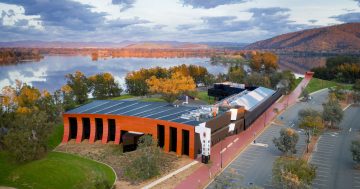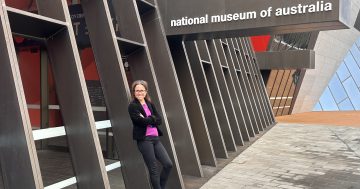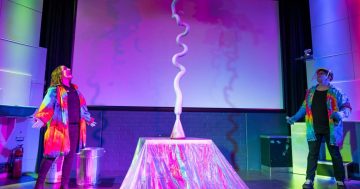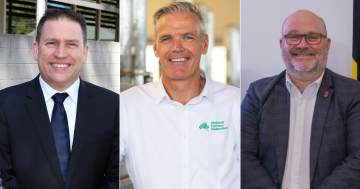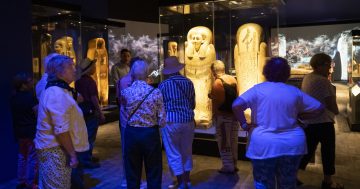 After an absence of more than a century, six Warumungu objects are to return to Australia following the work of the Australian Institute of Aboriginal and Torres Strait Islander Studies’ (AIATSIS) Return of Cultural heritage (RoCH) team.
After an absence of more than a century, six Warumungu objects are to return to Australia following the work of the Australian Institute of Aboriginal and Torres Strait Islander Studies’ (AIATSIS) Return of Cultural heritage (RoCH) team.
Chief Executive of AIATSIS, Craig Ritchie said the RoCH team worked to identify cultural materials held in collections outside Australia and then initiated discussion on their return.
Mr Ritchie said the collection included a kalpunta (boomerang), palya/kupija (adze) and a selection of marttan (stone knife).
“The provenance trail for these objects is long,” Mr Ritchie said.
“They were originally collected sometime around the late 19th or early 20th century by James Field, the telegraph station master in Tennant Creek, and Baldwin Spencer, the well-known British-born anthropologist,” he said.
“The Tūhura Otago Museum acquired the objects through exchanges with Museum Victoria in 1923 and 1937 and an exchange with Frederick Vincent Knapp, a well-known amateur archaeologist and ethnologist, in 1910.”
Mr Ritchie said that in September last year, the RoCH team facilitated a virtual meeting with senior Warumungu men, staff of the Tūhura Otago Museum, and members of the museum’s Māori Advisory Committee to discuss the significance of the objects.
He said that in June, the museum’s Trust Board endorsed a repatriation request and research report summitted by AIATSIS and the Warumungu men, the result of two years of consultation and research.
“One of the key achievements of the RoCH program is in giving voice to the originating communities in how their heritage is managed by collecting institutions outside of Australia,” Mr Ritchie said.
“The RoCH team plans to travel to New Zealand later this year with a delegation of Warumungu representatives to collect these materials,” he said.


